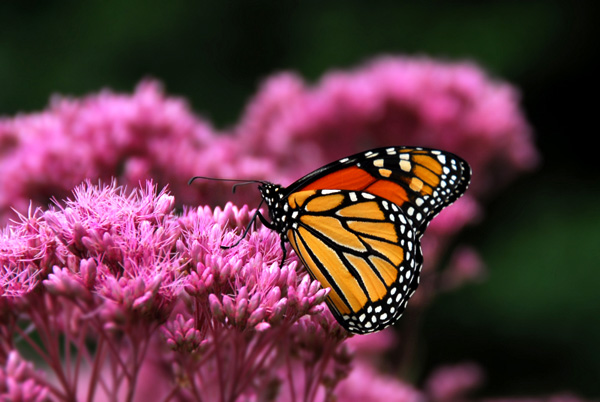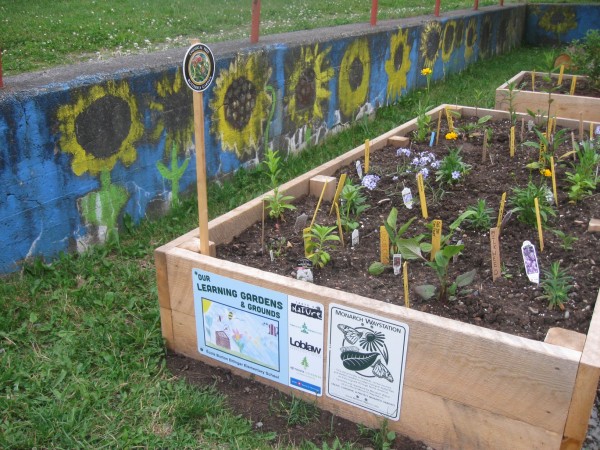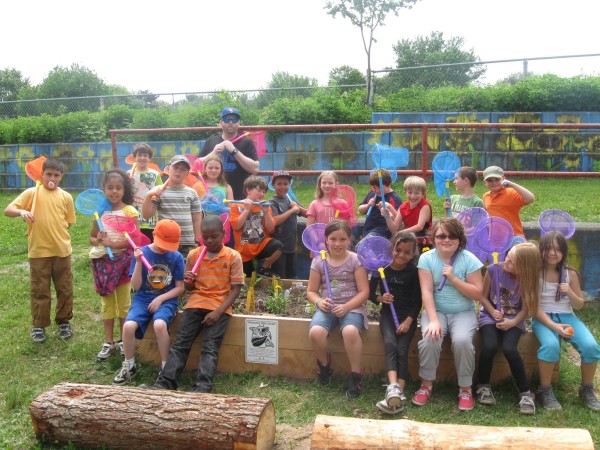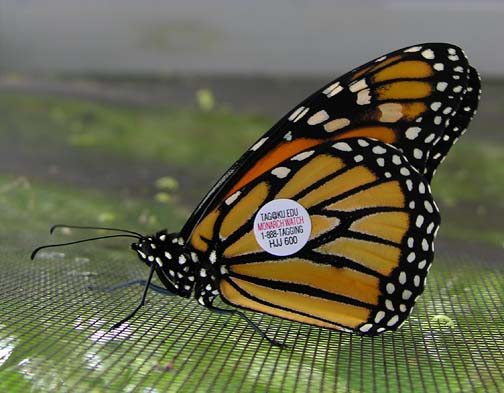Wild about Butterflies
Summer is on its way out — and so are the monarchs! The monarch butterflies that you see in your backyard or school garden now — late summer — are known as migrating monarchs. They’re the ones preparing for a long journey; their 4,000 km migration to Mexico is the longest known migration of any insect on the planet!
In 1993, scientists started monitoring monarch butterfly populations in Mexico, and numbers have been more or less on the decline since the winter of 1997–98. The steep decline of the monarch butterfly population is due to a number of things: climate change, deforestation, planting of pesticide-resistant crops and a lack of milkweed, the monarch caterpillar’s sole source of food and the only plant on which a monarch butterfly will lay her eggs. Luckily, there are things that classrooms can do to help.
Get a garden off the ground
Getting a school garden off the ground might be easy or hard, depending on your school’s location or budget, the enthusiasm of your parents or your principal and a whole host of other reasons, too. Either way, there are lots of help to be had in the way of inspiring videos, school ground greening grants and related resources and activities. If you plan before you plant, you’re halfway to a monarch waystation at school! For tips and school garden success stories, check out Make Way for Monarchs, part of our new classroom resource, Wild about Butterflies.
Raise and release
Raising monarch butterflies in your classroom is one of the best ways possible to teach your students about the life cycle and the responsibility that comes with caring for a living thing. Rearing monarchs also helps to conserve the species. In the wild, monarchs have a mortality rate of 99%; bringing eggs or caterpillars into the controlled environment of your classroom increases their chances of survival. For a list of reputable places from which you can order monarch rearing kits, please see Biology and Biodiversity, part of our new classroom resource, Wild about Butterflies.
Become a citizen scientist
Even though we now know where monarchs spend the winter months, citizen scientists all over Canada and the United States still tag butterflies in September, before the monarchs leave for Mexico. Today, tagging helps scientists determine the paths taken by, and the survival rate of, migrating monarchs. The most popular tagging program is part of Monarch Watch, a program based at the University of Kansas. If you raise monarch butterflies in your classroom this fall, and want to tag them before you release them, you can order tags and a recording sheet here. In the winter, you can search the tag recovery database to see if any of your monarchs were discovered at one of the butterfly sanctuaries in Mexico and download a certificate to display in your classroom! For more information, download Flight of the Butterflies, part of our new classroom resource, Wild about Butterflies.
WWF’s Schools for a Living Planet connects educators and students of all ages to WWF’s conservation work. Join the S4LP community and learn how you can inspire your classrooms and classmates to build a future in which humans live in harmony with nature.





